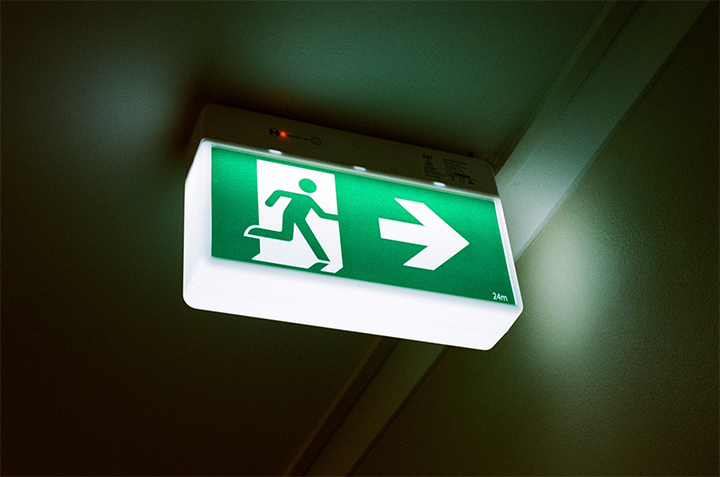
Directional signs play a crucial role in guiding people efficiently through various spaces, whether in a shopping mall, airport, hospital, or corporate office. These essential wayfinding tools enhance user experience, improve accessibility, and contribute to overall safety. In this guest post, we explore the importance of directional signs, key design principles, and best practices for their effective implementation.
Why Directional Signs Matter
- Improved Navigation: Whether visitors are new to a location or frequent patrons, clear signage helps them find their way quickly and efficiently.
- Enhanced User Experience: Confusing or inadequate signage can lead to frustration, whereas well-placed signs ensure a seamless and pleasant experience.
- Increased Accessibility: Proper signage accommodates diverse populations, including individuals with disabilities, ensuring inclusivity for all.
- Safety and Compliance: Directional signs contribute to emergency preparedness by guiding people to exits, first aid stations, or safe zones.
Key Design Principles for Effective Directional Signs
To maximize effectiveness, directional signs should adhere to the following design principles:
- Clarity and Simplicity: Use concise wording and universally understood symbols.
- Legibility: Choose readable fonts, appropriate text sizes, and high-contrast colors for visibility.
- Consistency: Maintain a uniform design throughout a facility to reinforce familiarity.
- Strategic Placement: Position signs at decision points such as intersections, entrances, and staircases.
- Multilingual Considerations: In diverse locations, incorporating multiple languages can improve comprehension.
Best Practices for Implementing Directional Signage
- Conduct a Wayfinding Audit: Assess the space to identify critical points where signage is needed.
- Use Standardized Icons and Symbols: Leverage universally recognized symbols to overcome language barriers.
- Incorporate Lighting and Digital Elements: Ensure visibility in all conditions by using illuminated signs or digital displays.
- Regular Maintenance and Updates: Keep signs in good condition and update them as layouts or information change.
- Test for User-Friendliness: Gather feedback from visitors to identify potential improvements in signage placement and design.
Conclusion
Directional signs are more than just informative markers; they are fundamental to an organized and user-friendly environment. By prioritizing clarity, accessibility, and strategic placement, businesses and institutions can create an efficient wayfinding system that enhances both experience and safety. Whether implementing signage in a large commercial space or a small office, following best practices ensures that everyone can navigate with ease and confidence.